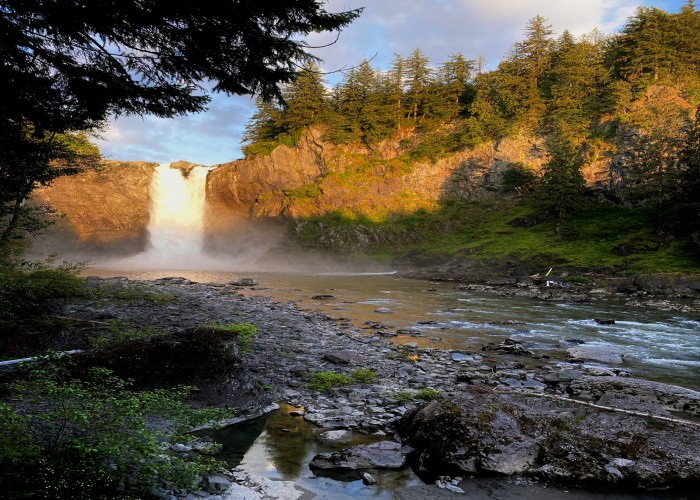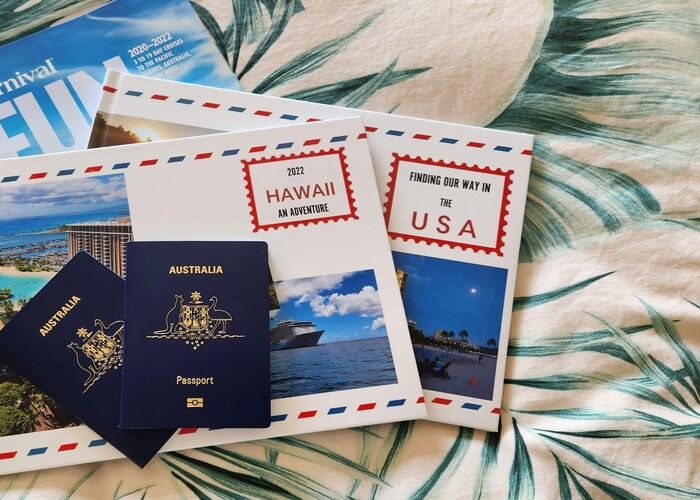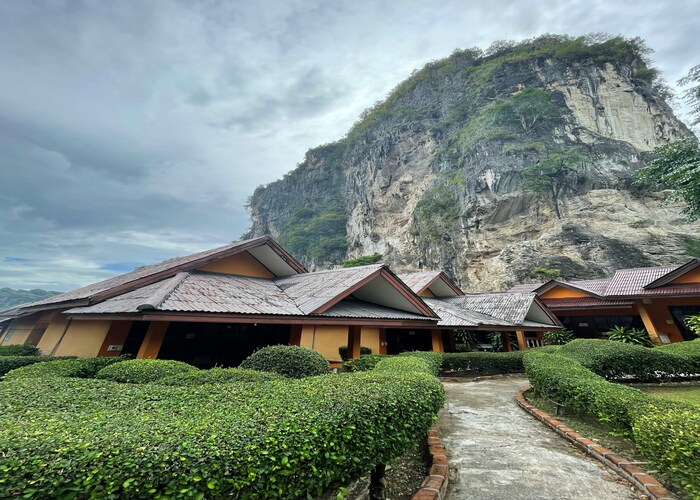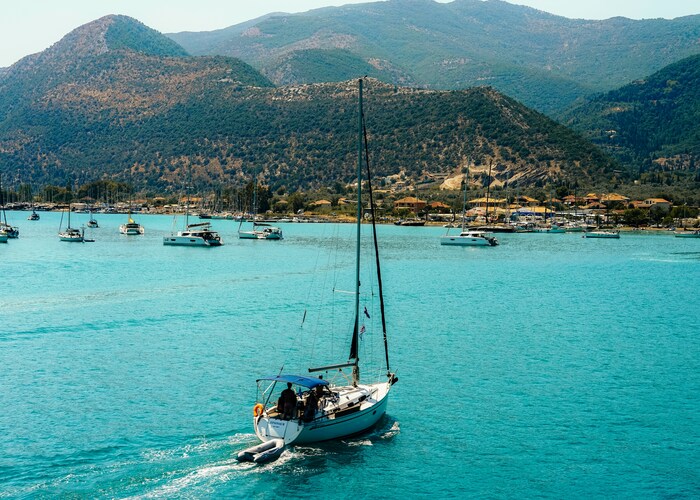Are you planning an unforgettable hike in the Pacific Northwest? Then the trail through Cascade Pass in North Cascades National Park, Washington should be at the top of your list. Whether you’re traveling from the USA, UK, Australia, or Germany, this detailed guide will help you prepare smartly, travel safely, and enjoy the experience with confidence. Cascade Pass, Washington.
Overview: What is it, Where is it Located, and Why Is It Famous
What is Cascade Pass?
Cascade Pass is a scenic mountain pass and one of the most popular hiking routes in the North Cascades National Park. The trail winds through alpine meadows, dramatic ridges, and glacier-covered peaks. It’s famous for being one of the most accessible high-alpine hikes in the Pacific Northwest, offering panoramic views without requiring mountaineering experience.
Where is it Located?
Cascade Pass is located in northern Washington State, within North Cascades National Park. The trailhead sits near the small town of Marblemount, about 23 miles (37 km) up Cascade River Road from State Route 20. The pass itself rests at an elevation of around 5,392 feet (1,643 meters) above sea level. Cascade Pass, Washington.
Why Is It Famous?
- The trail offers a mix of meadows, glaciers, waterfalls, and stunning peaks—a complete alpine experience.
- It’s considered one of the most rewarding day hikes in Washington, balancing accessibility with breathtaking views.
- The route holds historical significance as it was once used by Indigenous peoples and early explorers as a natural passage through rugged mountain terrain.
In short, Cascade Pass is your gateway to one of America’s most awe-inspiring landscapes—raw, wild, and unforgettable.
Best Time to Visit
Timing your trip is key to getting the best experience at Cascade Pass.
- Late July to Early September: This is the most reliable period. Snow has usually melted, wildflowers are in bloom, and access roads are fully open.
- June: Early in the season, the trail can still be covered in snow or ice, making it more challenging.
- Mid-to-Late September: You’ll find crisp air, autumn colors, and fewer crowds—but also shorter days and unpredictable weather.
- Winter to Early Spring: The area often becomes inaccessible due to snow and road closures.
Tip: Always check road and trail conditions before heading out. Mountain weather can shift suddenly, so plan for changing conditions.
How to Reach (Train / Road / Air)
Getting to Cascade Pass requires a bit of travel planning, but the journey itself is part of the adventure.
By Air
The nearest major airport is Seattle–Tacoma International Airport (SEA). From there, it’s roughly a 2.5 to 3-hour drive to the trailhead.
By Road
From Seattle, drive north on Interstate 5 to Burlington, then head east on State Route 20 (North Cascades Highway) toward Marblemount. From Marblemount, follow Cascade River Road for about 23 miles to the trailhead. Cascade Pass, Washington.
By Train or Bus
Public transportation options to the trailhead are very limited. Visitors usually rent a car or arrange private transport from Seattle.
Parking
There’s parking available at the end of Cascade River Road near the trailhead. Arrive early during summer weekends, as spots fill quickly.
Pro tip: Start your drive early in the morning. The roads are beautiful but slow-going, and early starts mean cooler hiking weather and fewer crowds.
Entry Fees and Permits
Before setting off, make sure you understand the access rules.
- Day Hike: No special permit is required for hiking to Cascade Pass and returning the same day.
- Overnight or Backcountry Camping: You’ll need a backcountry permit issued by North Cascades National Park.
- Park Entry: North Cascades National Park does not currently charge a general entrance fee, but regulations can change, so it’s wise to confirm ahead of time.
Note: Always verify updated permit and fee information before your visit. Regulations may vary depending on the season or environmental conditions.
Food Availability and Meal Options
Food and water planning is important, as there are no restaurants or stores near the trailhead or along the route.
- Bring Your Own Meals: Pack lightweight but energizing food such as sandwiches, nuts, protein bars, and fruit.
- Water: Carry at least 2–3 liters per person. Natural water sources exist along the trail, but you must treat or filter the water before drinking.
- Trailhead Options: The last town with dining or supplies is Marblemount, where you can find small cafés or convenience stores.
- Overnight Hikers: If you’re camping, bring a portable stove and lightweight, easy-to-cook meals. Campfires are often restricted due to fire risk.
Packing List and Essentials
A well-prepared pack ensures safety and comfort throughout your hike.
Essentials for Day Trekkers
- Sturdy hiking boots or trail shoes with grip
- Layered clothing (base layer, fleece, waterproof shell)
- Hat, gloves, and sunglasses
- Backpack (20–30 L)
- Minimum 2 litres of water
- Energy snacks and packed lunch
- Trail map or GPS device (cell service is limited)
- Sunscreen and insect repellent
- First-aid kit and personal medications
- Lightweight rain jacket
- Trekking poles (optional but helpful on steep sections)
- Headlamp or flashlight
- Trash bag (Leave No Trace principle)
For Overnight Trekkers
- Tent or shelter with rain fly
- Sleeping bag and insulated mat
- Cooking stove, fuel, and utensils
- Bear-resistant food container (mandatory in some zones)
- Backcountry permit
- Extra warm clothing layers
Tip: Keep your backpack light but complete. Comfort and safety outweigh unnecessary items.
Safety Tips and Local Regulations
Mountain terrain demands awareness and respect for nature. Keep these key points in mind:
- Check Conditions: The Cascade River Road may close due to snow or washouts. Confirm road and trail status before your trip.
- Wildlife Awareness: You may see marmots, deer, or even black bears. Keep a safe distance and never feed wildlife.
- Stay on Trails: Alpine vegetation is fragile. Walking off-trail damages the ecosystem.
- Weather Readiness: Even in summer, conditions can change quickly. Bring layers and rain protection.
- Leave No Trace: Pack out all trash, including biodegradable items.
- Pets: Dogs are not allowed on the Cascade Pass Trail to protect wildlife and natural habitats.
- Overnight Rules: Camping requires a permit. Fires may be restricted depending on the season.
Tips for Beginners or First-Time Visitors
If you’re new to mountain hiking or it’s your first visit to Cascade Pass, these tips will make your experience smoother and safer:
- Start early: Morning hours are cooler and less crowded.
- Take your time: The ascent involves several switchbacks. Rest often and enjoy the views.
- Trail stats: The hike to Cascade Pass is about 3.7 miles (6 km) one way with an elevation gain of 1,700 feet (550 m). Expect a round-trip of 7–8 miles (11–13 km).
- Avoid overpacking: A lighter load makes for an easier descent.
- Hydrate regularly: Mountain air can dehydrate you faster than you think.
- Turn back if needed: Weather changes fast in the Cascades. Safety always comes first.
Local Customs and Etiquette
The North Cascades region is rich in cultural and natural heritage. Showing respect enhances everyone’s experience.
- The pass holds historic significance for local Indigenous communities who once used it as a trade route. Respect this heritage.
- Follow Leave No Trace principles: minimize impact, stay on durable surfaces, and avoid disturbing wildlife.
- Keep noise to a minimum—many hikers visit for solitude and nature’s silence.
- Greet fellow hikers politely, yield to uphill hikers, and maintain trail courtesy.
Frequently Asked Questions (FAQs)
How long does the hike take?
Most hikers complete the round trip to Cascade Pass in 4 to 6 hours, depending on fitness level and pace.
What’s the difficulty level?
Moderate. The well-maintained trail has steady switchbacks and a moderate incline.
What’s the altitude at the pass?
About 5,392 feet (1,643 meters) above sea level.
Are restrooms available?
Yes, at the trailhead. Beyond that, facilities are minimal—carry supplies as needed.
Can I bring my dog?
No. Pets are not allowed on trails inside North Cascades National Park.
Do I need a permit for a day hike?
No, but overnight backpacking requires a park-issued backcountry permit.
Is the trail safe?
Yes, but always follow standard hiking safety: stay on marked paths, watch your footing, and check weather forecasts.
Can I hike if there’s snow?
Early season hikers may encounter snow patches. Bring traction devices or wait until late summer for clearer paths.
Is the access road open year-round?
No. Cascade River Road often closes in winter due to snow or storm damage. Check status before traveling.
Final Thoughts
If you’re searching for a trek that combines dramatic mountain scenery, moderate difficulty, and a true wilderness feel, Cascade Pass in Washington’s North Cascades delivers all that and more.
It’s a place where wildflowers carpet meadows beneath jagged peaks, where glaciers glisten under the summer sun, and where every switchback rewards you with a better view than the last.
Whether you’re a casual hiker, a nature enthusiast, or a traveler exploring the Pacific Northwest for the first time, Cascade Pass is one of those trails that leaves a lasting impression—peaceful, humbling, and spectacularly beautiful.
Pack wisely, respect the land, hike safely, and take your time to breathe in the mountain air. This is the essence of the North Cascades experience—pure, wild, and unforgettable.






Leave a Reply